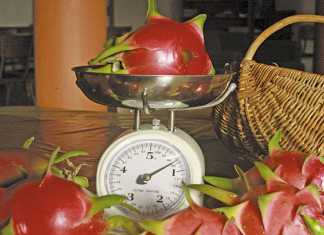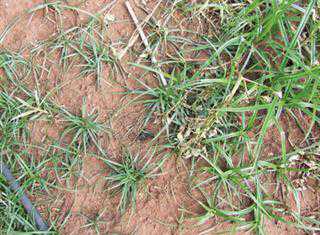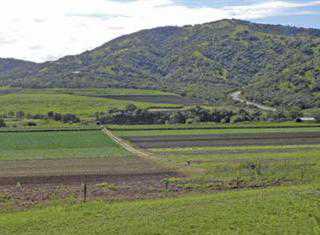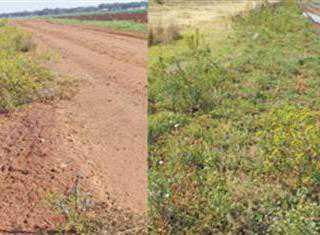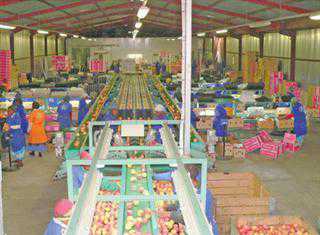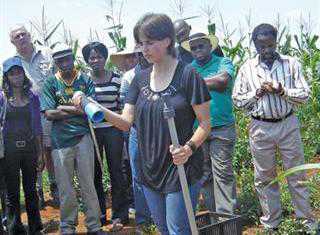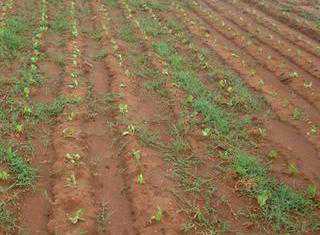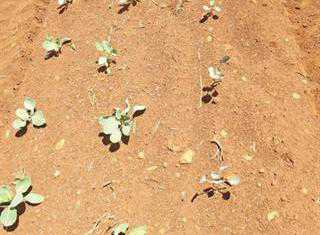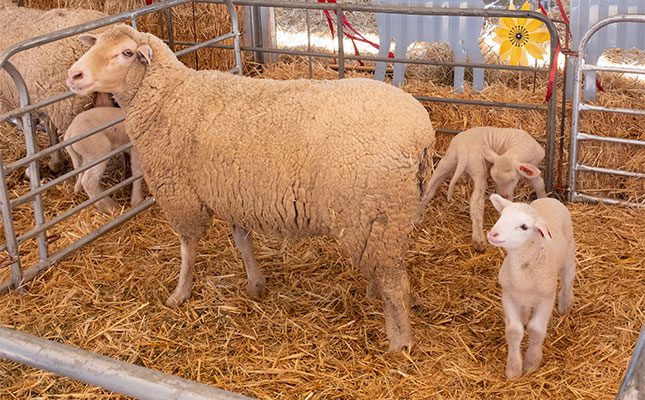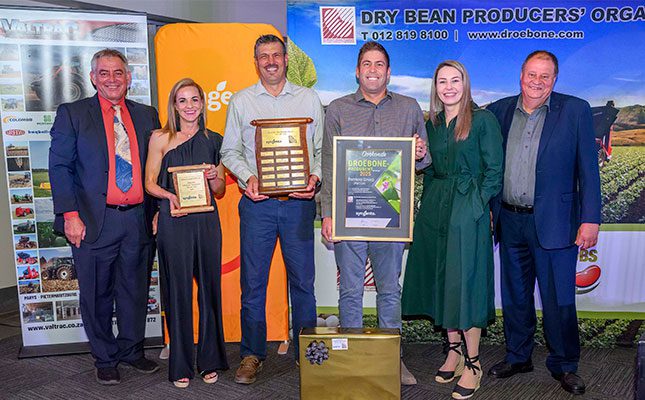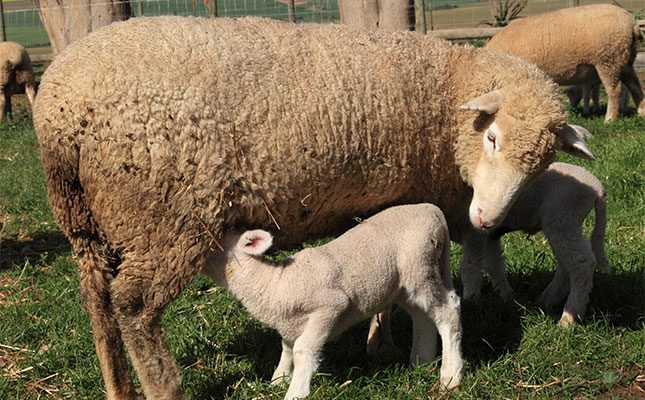Success at Last?
Many role players have for years lamented the lack of commitment by municipalities when it comes to their fresh produce markets.
Follow me!
Many of my colleagues are worried about the future of commission markets in this country.
Dragon fruit farming in South Africa
Kwasizabantu Mission is venturing into exotic fruit production, with a focus on the bright pink dragon fruit, to sustain its missionary work. .
Coping with nutsedge
Officially, the world’s number one weed is nutgrass, more correctly called ‘nutsedge’, as it’s not a grass but a sedge. (Sedges don’t have nodes as do true grasses.)
A man of soil
Umkomaas Valley farmer Johnny Sfaelos forged a farming career for himself 52 years ago – and the cost-effective ways of his generation have helped him cap his costs. Robyn Joubert...
Watch out for weeds
The appearance of one or two unknown weeds on my land has reminded me of the danger of leaving them unattended just because they appear to pose no threat due...
Mentor & motivation – a winning formula
Successful farming comes not only from hard work and attention to detail, but also through taking good advice, says DAFF’s female entrepreneur of the year Pam Fyfie. Lloyd Phillips spoke...
Benefits of CA
Trials conducted by the Agricultural Research Council at its Zeekoegat experimental farm in Roodeplaat have compared conventional farming practices with conservation agriculture, and have identified many benefits to CA. Peter...
Adding value
Marketing fresh produce is a competitive and frequently expensive business as producers seek ways to improve margins.
Getting rid of paspalum
A type of kweek grass, called couch paspalum (Paspalum distichum), is gaining a foothold on many vegetable farms. Also known as ‘kweek paspalum’, many farmers confuse it with common kweek...
Commitment is all
Since I seem to be lambasting politicians and bureaucrats all the time, permit me to illustrate the sort of situation I come across almost without exception in markets.
Making a point
Recently, I wrote about the necessity of ensuring vegetable transplants have enough nitrogen in the plug or in the plant to stimulate root growth and ensure an early start as...
ADVERTISEMENT
MUST READS
ADVERTISEMENT
ADVERTISEMENT


